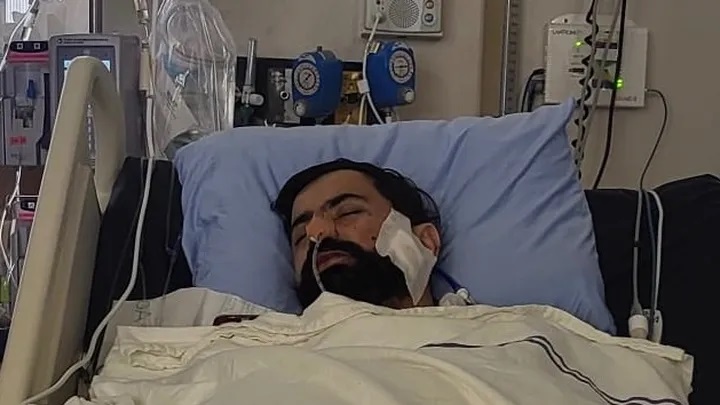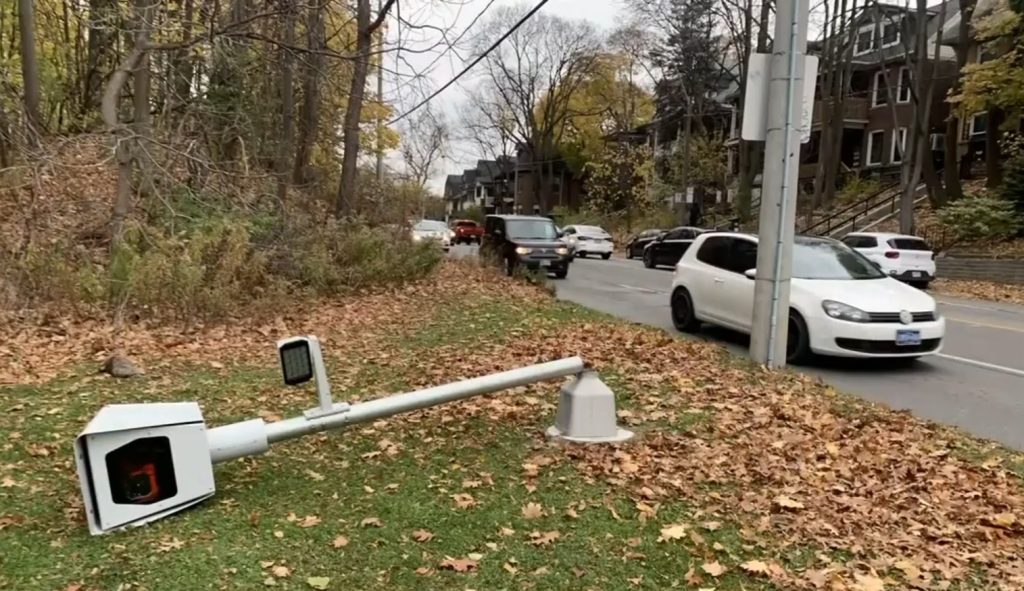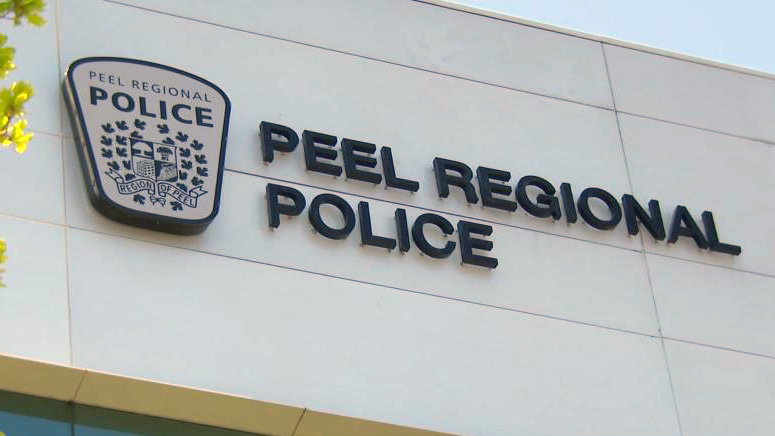Syrian troops backed by helicopter gunships battle rebels in intense Damascus clashes
Posted July 17, 2012 12:02 pm.
This article is more than 5 years old.
BEIRUT – Intense clashes between Syrian rebels and government forces backed by helicopters spread to new areas of the capital Damascus Tuesday, including a brief firefight near Parliament. It was the third straight day of fighting that has posed an unprecedented challenge to government rule in the seat of President Bashar Assad’s power.
The violence is the most widespread and sustained fighting in the capital since the Syrian uprising began 16 months ago.
Terrified families were fleeing the city or said they were prepared to leave at a moment’s notice. Residents said they were packing “getaway bags” in case they had to run for their lives.
“My bag has my family’s passports, our university degrees, some cash and medicine,” said a 57-year-old father of two told The Associated Press, asking that his first name not be used for fear of reprisals. “It is very hard to imagine leaving your home and everything you worked to get, but it’s a matter of life and death.”
The Britain-based Syrian Observatory for Human Rights said Tuesday’s clashes were concentrated in the neighbourhoods of Kfar Souseh, Nahr Aisha, Midan and Qadam.
But activists and residents said the fighting reached new areas Tuesday, with brief firefights taking place in Sabeh Bahrat Square, Baghdad Street and Sahet Arnous in central Damascus, a square about 400 metres (1,310 feet) away from the Syrian parliament.
The clashes broke up quickly as the rebels fled, but were a significant indicator of the rapidly spreading violence and the deep reach of the rebels.
“The streets are completely empty, the shops are closed. People are terrified of what’s next,” said Omar Qabouni, an activist in the northwestern Qaboun district of Damascus. He said eight people were killed Tuesday in mortar and tank shelling by government forces, adding that helicopters were also strafing the area — a sign the regime is desperate to push rebels back from the tightly controlled capital.
Syria’s state-run news agency said troops were still chasing “terrorist elements” who had fled from Nahr Aisha to Midan. Syria refers to its opponents as terrorists.
“I can hear cracks of gunfire and some explosions from the direction of Midan,” Damascus-based activist Maath al-Shami told The Associated Press via Skype. “Black smoke is billowing from the area.”
An amateur video showed two armoured personnel carriers with heavy machineguns on top along with troops who were said to be advancing in an empty road toward Midan on Tuesday.
Another video showed a military helicopter flying over the Damascus neighbourhood of Qaboun. The narrator could be heard saying “aerial bombardment” of Qaboun, although the helicopter was not seen firing in the 30-second video.
The authenticity of the videos could not be independently verified.
The Observatory and al-Shami said helicopters fired heavy machine-guns during overnight clashes in the neighbourhoods of Qadam and Hajar al-Aswad.
Another activist in the capital, who asked to be identified only as Bayan because of fear for her safety, said troops fired mortar rounds at the neighbourhoods of Qaboun and Jobar, causing a major fire near Jobar’s Grand Mosque.
“People are trying to extinguish the fire with water hoses or buckets filled with water,” Bayan said via Skype. She added that government troops had set up checkpoints around Damascus and were searching cars and demanding passengers’ identity cards.
Al-Shami said residents of hard-hit areas were fleeing to safer neighbourhoods where they were staying at schools and mosques. He added that many of the wounded were being treated at secret hospitals for fear they might be detained if taken to official ones.
The clashes are the most serious in the capital since the start of the uprising against Assad in March 2011. Although the uprising began with largely peaceful protests, a government crackdown prompted many in the opposition to take up arms.
Now, the conflict is a full-blown civil war, and activists say more than 17,000 people have been killed since the revolt began. There are fears that the violence and chaos could spread across the region.
On Tuesday, Israel’s military intelligence chief warned that global jihadists have moved into Syrian territory bordering the Israeli-controlled Golan Heights and could soon use the area to stage attacks on the Jewish state.
Also Tuesday, Iraq’s government called for all its citizens living in Syria to return home immediately to escape the escalating civil war after the recent killing of two Iraqi journalists covering the conflict.
Thousands of Iraqis fled to Syria to escape widespread sectarian fighting during the worst of violence in their homeland between 2005 and 2007. Now, the traffic is heading the other way, with Iraqis and Syrian refugees heading east, and out of the conflict that the International Red Cross just days ago deemed a civil war.
As the violence across Syria spirals out of control, diplomatic efforts to halt the bloodshed have seemingly come to a dead end. The U.S. and many Western nations have called on Assad to leave power, while Russia, China and Iran have stood by the regime.
Russia and China have veto power at the U.N. Security Council.
U.N. leader Ban Ki-moon called for rapid, unified action by the Security Council on Syria as he arrived in Beijing on Tuesday as part of a diplomatic push to get Russia and China to back a tougher response to attacks by Assad’s regime.
Ban’s trip comes ahead of a U.N. Security Council vote Wednesday on whether to allow sanctions and authorize actions to enforce them that could ultimately include the use of military force, which U.S. and European officials are playing down as a possibility. Russia and China have blocked previous efforts to sanction Syria.
“The U.N. Security Council needs to be united and take action,” Ban said, as translated into Chinese during a live webcast Tuesday. “I will do everything I can to resolve the Syrian crisis.”
Special envoy Kofi Annan was in Russia on Tuesday. In written remarks, he said the Security Council vote “obviously” came up during his meeting with Russian President Vladimir Putin.
“And I would hope that the Council will continue its discussions and hopefully find language that will pull everybody together for us to move forward on this critical issue,” Annan said.
A Western-backed resolution at the Security Council calls for sanctions and invokes Chapter 7 of the U.N. Charter. A Chapter 7 resolution authorizes actions that can ultimately include the use of military force — something that U.S. administration and European officials are playing down as a possibility.
Annan also has been seeking international support for his faltering peace plan, which put some 300 U.N. observers in Syria to monitor the implementation of a cease-fire.
That truce never took hold, however, and the monitors have been largely confined to their hotel for weeks because of the escalating bloodshed. The mission expires on July 20 unless the Security Council agrees to extend the mission.
As the violence in Syria escalates, the number of Syrians fleeing the bloodshed has swelled to some 112,000, according to United Nations. The U.N. refugee agency said women and children make up three-quarters of those whom it has assisted or registered in Iraq, Jordan, Lebanon and Turkey.
___
Associated Press writers Ali Akbar Dareini in Tehran and Alexa Olesen in Beijing contributed to this report.








